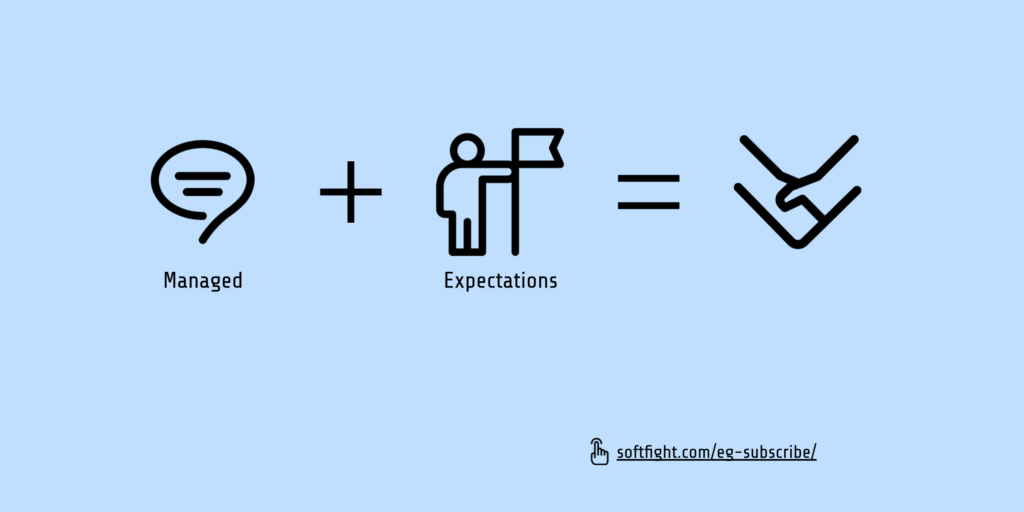This is a question I received recently:
How can we increase our rates during the negotiation stage?
Let’s answer it together.
If you have a pricing question or dilemma, write to me and I’ll be happy to answer it in a future issue of the newsletter.

Context
A software services company started a conversation with a potential client in the first months of 2021. In the initial meetings they shared with the client their rate card.
A few months pass and nothing happens. Now this potential client is back and wants to discuss a project.
In the meantime, the software company increased their standard rate card.
What should they do?
Can they communicate their new, higher prices? Or should they continue the conversation based on the older, lower prices?
Why is this an issue
In a situation like this, it seems like the supplier is at a disadvantage, whatever they do.
If they communicate the higher prices, they can almost certainly expect a negative response. It can make them look unprofessional and untrustworthy. For sure not a good start to any relationship. It might even lead to losing this opportunity altogether.
On the other hand, if they stick with the lower prices, it’s likely this means the project, if they get it, will have a very low profitability, maybe even lose money on it. Definitely not a situation that is conducive to a long-term quality relationship.
What can you do if you are in a similar situation?
First, you should never be in this situation
Yes, I know, most buyers ask you to give them pricing information from the first meeting, before you know anything about the project or about them. So you give them your standard rate card.
And if you increase your standard rates at some point (as you should be doing, at least once a year), then you will face this exact same issue for all discussions in the pipeline at that moment.
There are 2 ways to mitigate this risk.
1. Never give your standard rates.
Always communicate pricing linked to a certain project, with timeline, resources and deliverables.
By doing this, if the customer goes quiet after you send the proposal, a few months (or years) pass by and then they return, you are not constrained by the initial pricing proposal.
Even if the client wants an offer for the exact same project, it’s a different situation now: things have evolved, costs have increased, the team would be different, you have every reason to apply different rates and the client will have to accept that.
2. Your rate card should be an interval, not a number.
If you cannot avoid it and need to share a standard rate card with a potential client, don’t make the mistake of sharing a list of prices expressed as a single number (such as 60 EUR/hour or 9.600 EUR/month/FTE).
Always, always use an interval.
“Our hourly rate is between 60 and 80 EUR/hour, depending on the length of the project, the size of the team, the complexity of the project, etc.”
There are probably at least ten other variables that can be communicated to a client as having an influence on the price point.
If someone that received the rate card last year comes back now and your standard rates have been increased in the meantime, you have some room for manoeuvre, without risking to look unprofessional or untrustworthy.
Bonus tip: Put an expiration date on any proposal you make that includes pricing information. And enforce it.
It’s not a cure for all, but in some situations this is enough. When your financial proposal has a “valid by” date on it, if a potential client comes back later, there is no moral or economical reason for them to expect to find the same prices.
WHAT THIS MEANS FOR YOU
What if you didn’t do any of these and you find yourself in the situation we started from?
In most cases, I would say you should communicate the higher prices.
Take the same steps you would take to increase the rates for an existing client.
Don’t just throw the new rates to the potential client as if it’s no big deal. It is a big deal, for both of you. You need to take the time to explain it properly and to make sure they understand and accept your reasoning.
It is tricky, so it does require extra care and preparation.
But it’s certainly worth the effort for the extra revenues (and, more importantly, profits).

